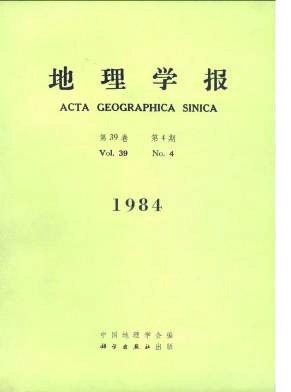Group of the Geomorphological Mapping and Research for Xining Sheet
Xining Sheet is a map describing the area that located in the Northwest part of China, which is mainly composed of the Qilianshan Mountain and some adjacent geo-morphological units. The geomorphological pattern of the area is characterized by the NWW-SEE parallel arrangement of plateaus, mountain ranges, valleys and basins. This paper deals with the features of neotechtonic movement, and seven categories of neotectonics have been distinguished: the intensely uplifted during the Cenozoic Era, moderately uplifted during the Cenozoic Era, uplifted during the Quaternary Period, Subsided "from the Oligocene Epoch to the early Pleistocene and uplifted after the Mid-dle Pleistocene, subsided from the late Tertiary to the early Quaternary and newly uplifted after the Middle Quaternary, moderately subsided during the Cenozoic Era and intersely subsided during the Cenozoic Era. Mean-while, the climatic changes in this area since the Cenozoic Era, particularly in the Quaternary, have been analysed from the viewpoint of climatic geomorphology. Various combinations of basic exogenic agents and the dominant exogenic agent in different regions during different periods have been found out and five geomorphological kinds of exogenic origin been have defined: "La-custrine", "Lacustrine-fluvial", "Fluvial", "Dry and wind erosion" and "Glacial-pe-riglacial". Moreover, six fundamental morphological classes have been differentiated by the use of Fuzzy Mathematics: "High mountain", "Middle Mountain", "Low mo-untain", "Hill", "Plateform" and "Plain". Combined with different genetic geomor-phological classes, these morphological classes constitute the so-called "fundamental morpho-genetic classes". In addition, individual minor and genetiely simple land’forms have been also investigated and classified which are given as a general designation form and configuration classes.On the basis of the above research, the authors discuss the design principles and representation of legends on mapping 1:1000 000 geomorphological map. In the design principles of legend two lines should be followed, firstly, all of the land-forms of neo-techtonic origin, fundamental exogenic morpho-genetie classes and special forms and configuration classes should be fully reflected in designing the legend and respective legend should be developed for each category. The fundamental exogenic morphogenetic categories are of the most principle in all of categories, and should be emphasized in designing the legend system. Secondly, since a technique of representation of the patten of composite geomorphie mapping has been adopted in compiling the geomorphological map a corresponding legend system should be developed. For instance, the first level-basic exogenic morpho-genetic category is represented by the basic colouring methodwith codes; the second level-landforms of neotechtonic origin and special form and con-figuration category are expressed by codes and symbols. The third level-natural social components are expressed by symbols. Finally, this paper presents a list of complete legend system and a generalized map specimen.
